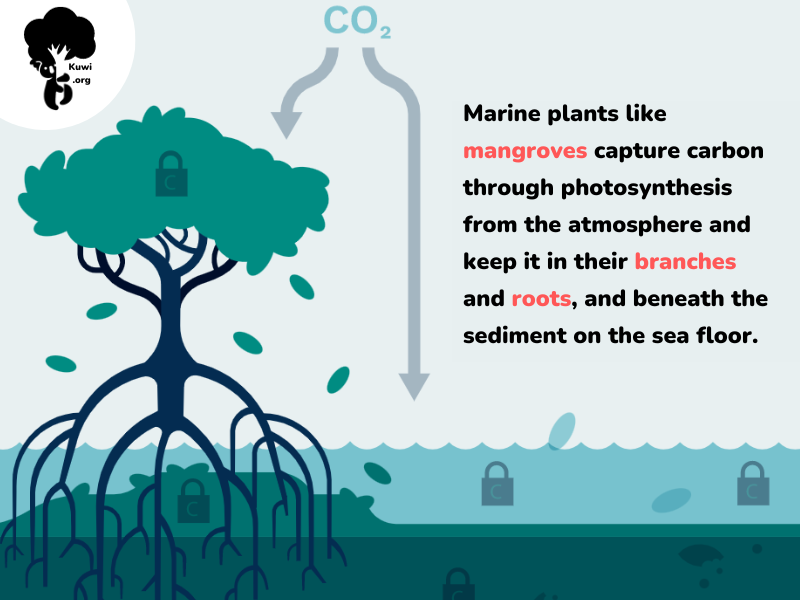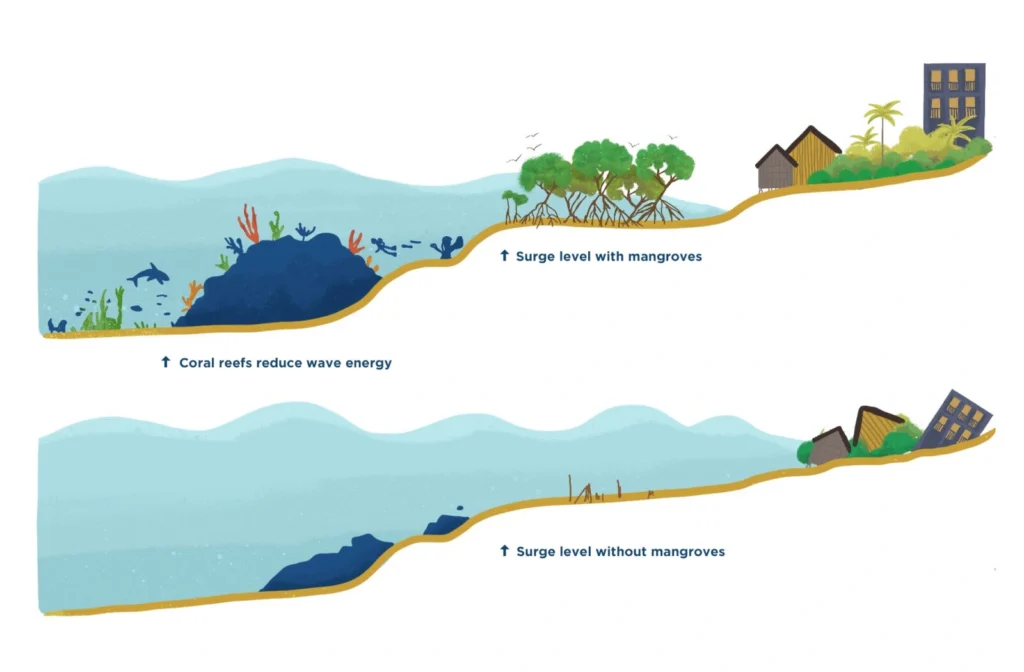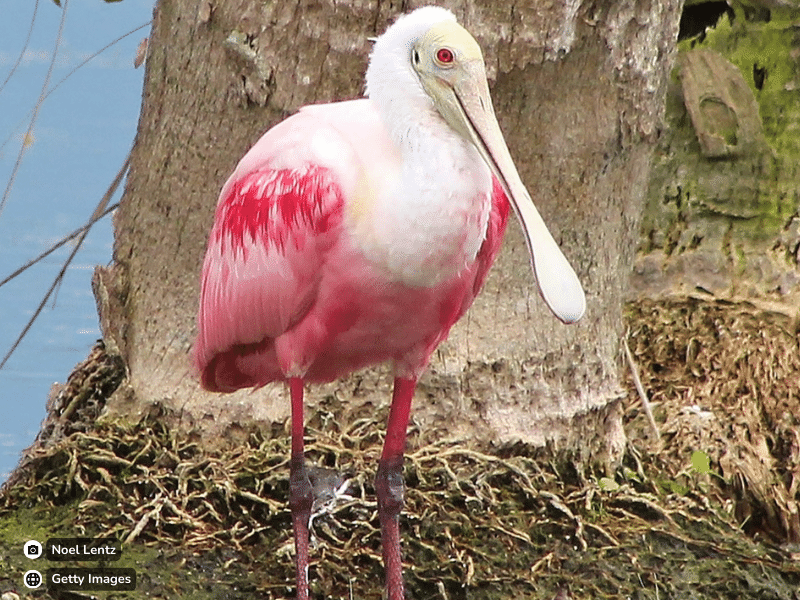The Power of Mangroves
Mangroves are a type of marsh plant found along coastlines, occurring in tropical and subtropical regions around the world. They are commonly found in areas with high groundwater levels and fluctuating tides. Unlike any other tree, this species has the ability to tolerate saltwater and thrive in harsh coastal environments.
Mangroves are important for several reasons, but they play a crucial role in the battle against climate change.
Carbon Sinks
One of the key ways in which mangroves combat climate change is through carbon sequestration. They can store significant amounts of CO₂ in their roots, stems, and leaves, helping to reduce the overall carbon dioxide levels in the atmosphere. Mangroves are estimated to sequester up to three times more carbon per hectare than other types of forests. This makes them a natural carbon sink, allowing them to efficiently absorb and store CO₂ from our atmosphere.

Coastal Protection
As climate change causes sea levels to rise, mangroves play a crucial role in safeguarding coastlines from its impacts. With their roots, they anchor and reinforce the shorelines, making mangroves a vital buffer against the erosion and flooding that can result from rising sea levels. Additionally, mangroves serve as a natural barrier that can protect coastlines from storms and other turbulent weather conditions.

Biodiversity
Another way in which mangroves combat climate change is by supporting biodiversity. Mangroves serve as the habitat for a wide variety of plants and animals, including fish, crabs, birds, and reptiles.
Many species are threatened, including:



Mangrove Planting and the Community
Through sustainable management, mangroves offer numerous opportunities to support the livelihoods of local communities, contributing to the preservation of these valuable coastal ecosystems. Harvesting shellfish, fishing, and beekeeping are among the opportunities for communities living alongside mangroves to benefit from a thriving mangrove forest.
Mangroves also provide communities with opportunities for indirect income. These trees and their extensive root systems serve as protective shelters for vulnerable young marine life as they grow and mature, including young sharks, snappers, and parrotfish that later migrate to coral reefs once they reach maturity. This life cycle supports both biodiversity and community livelihoods through sustainably conducted reef tourism and offshore fishing.
As extreme weather conditions due to climate change continue to worsen, coastal protection is also a significant benefit for communities. The dense growth of interlocking mangrove roots and branches interrupts rising water and large waves.
What does Kuwi.org do?
Kuwi.org is actively engaged in the restoration and preservation of mangroves. For years, we have supported the ‘Massive Mangrove Planting’ project by Eden. We also back various other initiatives such as ‘Mangroves for Communities and Climate,’ collaborating with communities and other partners in four countries: Mexico, Madagascar, Fiji, and Colombia.
The funds aim to protect, restore, and strengthen the management of 2.47 million hectares of mangroves, removing an estimated 1 billion tons of carbon and safeguarding 300,000 people living along these coastal forests.






















